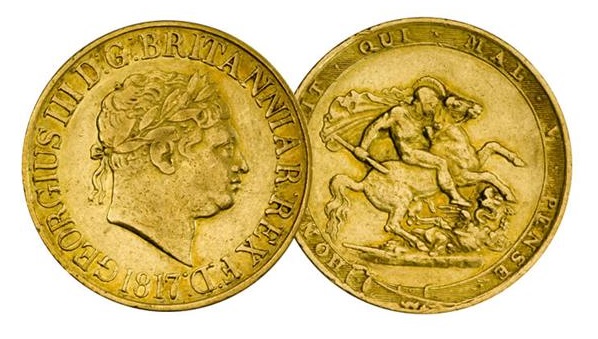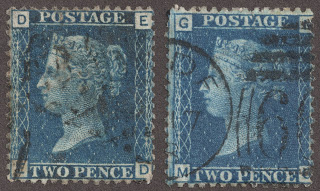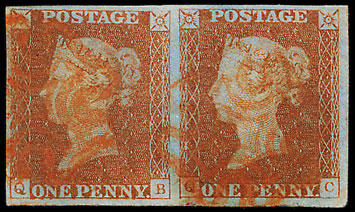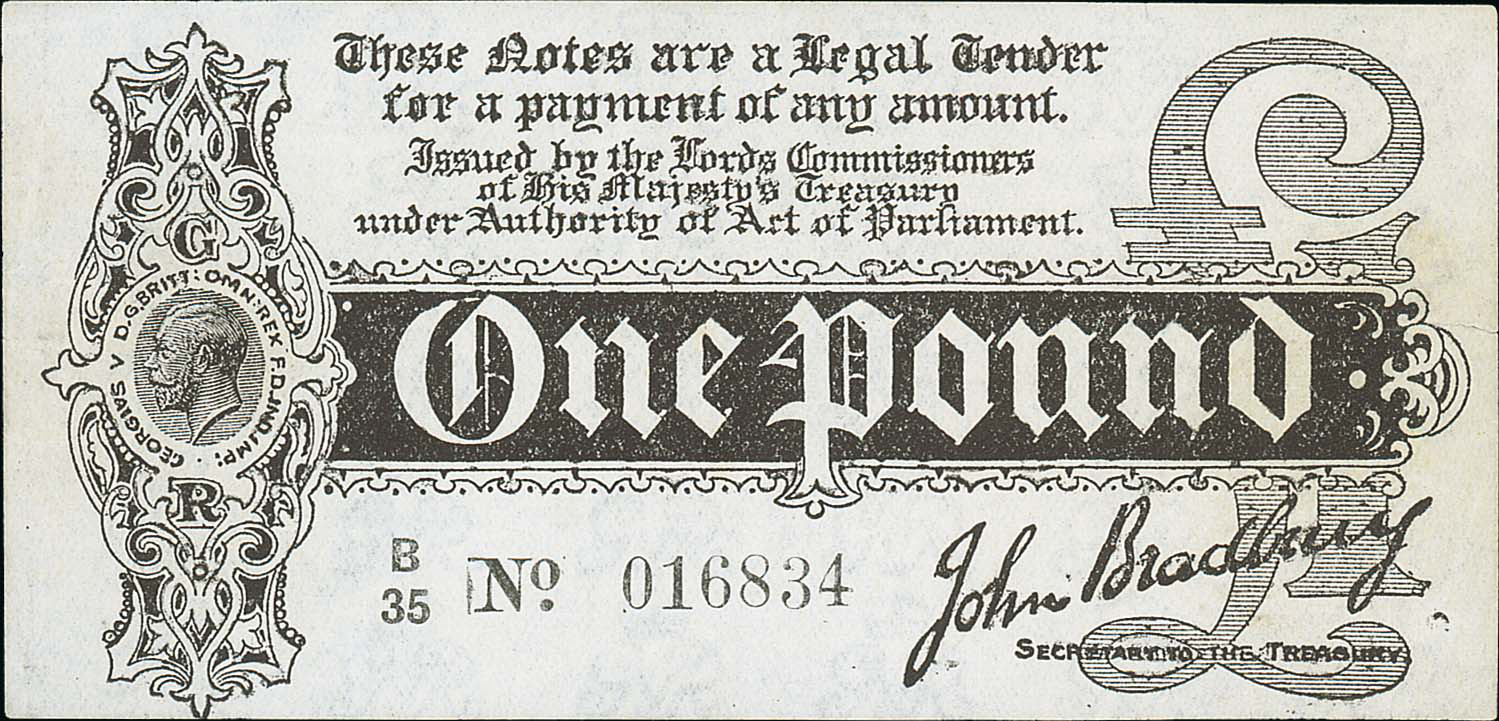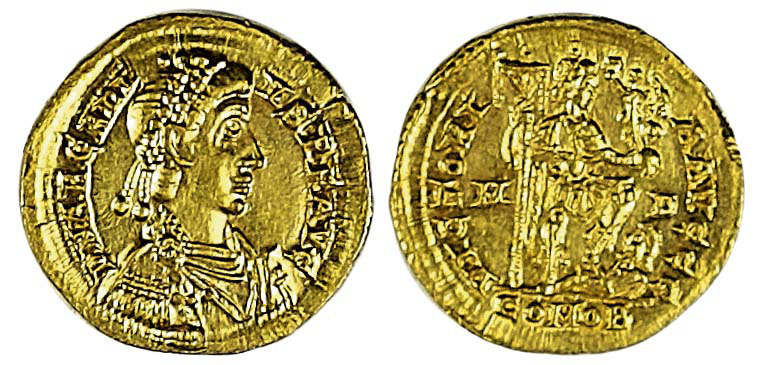Anyone who has ever been lucky enough to own gold coins will understand that there’s something solid and satisfying about investing in sovereigns.
As one of the world’s most recognisable coins, it symbolises the quality and history that’s long been associated with The Royal Mint
First minted in 1489 and from 1817 featuring the iconic St George and the Dragon design, the gold sovereign is one of the oldest coins still in production today.
Made from 22ct gold and weighing just over a quarter of an ounce, it remains arguably the most popular investment coin in the UK.
But, despite its place in British history, our numismatic experts are frequently asked ‘Are gold sovereigns a good investment?’
In this comprehensive guide, we’ll look at:
- Why you should consider investing in gold
- The 3 biggest benefits of investing in gold sovereigns
- Why there are two different types of coin investor
- The gold sovereigns you should invest in
WHY SHOULD YOU INVEST IN GOLD?
It’s not unusual for financial advisors to recommend buying gold as part of a diverse investment portfolio.
Just like stocks and shares, the price of gold does move both up and down. But, historically, gold has always held its value – even in times of extreme financial crisis or when other markets become volatile.
If you are keen to invest in gold, there are many ways to do so – including:
- Gold-mining companies
- Buying gold bars
- Gold sovereigns
WHY SHOULD YOU INVEST IN GOLD SOVEREIGNS?
Numismatists have been known to collect gold coins and sovereigns so they can cherish their age, weight, beauty and craftwork in the palm of their hand.
But for investors, there are three main reasons why they’re such a desirable asset…
1. Historic appeal
The first British gold sovereigns were minted during the Tudor reign of king Henry VII in 1489.
Today’s much-loved design, with St George slaying a dragon astride his brave steed, is the work of renowned engraver Benedetto Pistrucci and dates back to 1817 (pictured above).
Originally minted in London, during the late 1800s and early 1900s thousands were eventually produced as far afield as Australia and South Africa – including mints in Bombay, Ottawa, Pretoria, Sydney, Melbourne and Perth.
In 2017, the gold sovereign celebrated its 200th anniversary. It remains the flagship coin of the British Royal Mint and is cherished for its rich history and the traditions it represents.
2. Easy to trade
Although gold sovereigns carry a £1 face value, the coin’s true worth is far more because it is made from 0.235 troy ounces of gold – slightly more than a traditional ounce.
Thanks to its small size, gold sovereigns are far more popular with investors than 1oz coins - such as the Britannia and Krugerrand. This is probably because of the ease with which small amounts can be traded and the fact they are far more affordable to acquire and realise – even more so when compared to gold bars.
3. Tax exempt
From an investor’s perspective, the best thing about gold sovereign is you can save tax by trading them.
This is because All British sovereigns and Britannia coins produced after 1837 are exempt from Capital Gains Tax (CGT) – due to being classed as legal tender.
Some gold coins are also exempt from VAT, but the rules on this are more complex.
If a coin is bought as a gold bullion investment, there is usually no VAT to pay.
If a coin sells for more than 180% of its gold-content value (as rare coins often do), it’s classed as a collector’s item and VAT must be paid.
THE DIFFERENT TYPES OF COIN INVESTOR
Just like the many different types of gold coins that are on the market, there are many different types of investor.
Some investors buy gold sovereigns because they want to hold on to them for the long term – hopeful of a rise in the ‘spot’ price.
Others choose them for convenience – they can be easily stored at home and quickly accessed or sold should they ever need to release capital urgently in an emergency.
For coin collectors and numismatists, the appeal of British gold sovereigns often lies in their aesthetic and historical appeal.
Numismatists will usually be attracted to rare gold sovereigns or historic coins, whilst investors tend to opt for those which offer the best value. These are usually lower grade Sovereigns worth little more than the ‘spot’ price for their pure gold value.
No matter which category you fall within, investing in gold sovereigns will allow you to own a world-famous coin with a proven and stable global market.
If you're a collector looking for more information about an item's potential value, see our How much are coins worth? guide now!
WHICH SOVEREIGNS SHOULD YOU INVEST IN?
Once you’ve decided to buy gold sovereigns as an investment, the next big decision is how much to invest and what type of coins to acquire.
The most sensible and prudent strategy is to diversify your investment.
Obviously, this depends on your personal circumstances and you should only ever invest an amount you’re comfortable with.
Here are some of the types of gold coins you may want to consider…
Pre-1604 Sovereigns
Gold sovereigns minted in 1604 or before are highly desirable due to their scarcity and rarity value.
Bigger and heavier than today’s sovereign and made from purer 23-carat gold, their prices are not affected by the market price of gold and they can fetch thousands.
Definitely the specialist domain of collectors rather than purely speculative gold investors.
Post 1604 Sovereigns
Even a sovereign which is in a relatively poor condition can command an extraordinary price, especially if they are rare.
Only ten examples of The King George III 1819 Sovereign are known to exist and a fine example achieved a staggering £186,000 when it went under the hammer in 2013.
The more modern 1859 Victoria ‘Ansell’ coin - named after the chemist George Ansell, who helped to develop the stronger alloy used by the Royal Mint in Sovereign production - is another rare Sovereign. Less than 25 are believed to exist and, back in 2012, a fine example sold for more than £15,000
At Warwick & Warwick, we are experts in coin valuations and frequently sell rare gold sovereigns at auction.
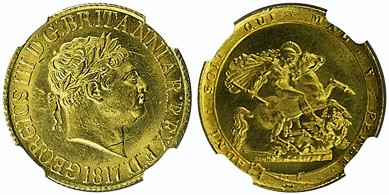
In April 2019, this 1817 sovereign (picture above), graded MS62 in a plastic NGC holder, achieved £2,520 in our British gold section.
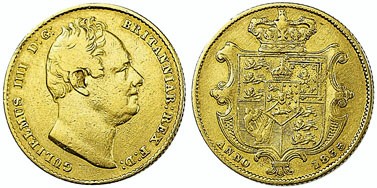
The same sale saw this 1835 sovereign, graded nearly very fine, realise £780 (pictured above).
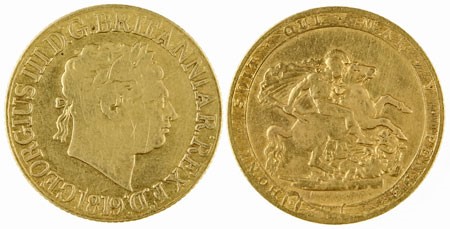
The 1819 sovereign (pictured above) is the rarest of the 19th and 20th century sovereigns with 3,574 being struck and only 10 thought to remain in existence today. Warwick & Warwick offered an example in our August 2017 sale with an estimate of £90,000. It didn’t sell in the auction but a private sale afterwards was arranged for £75,000.
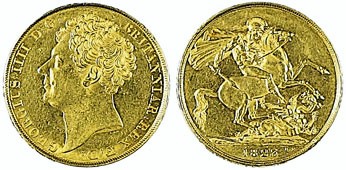
Back in December 2018, at our British Gold coins auction we managed to achieve £1,860 for this high grade 1823 £2 (pictured above).
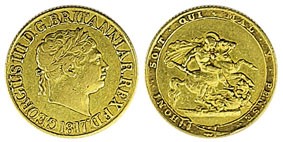
In October 2018, another Warwick & Warwick auction saw this 1817 sovereign sold for £1,200 (pictured above).
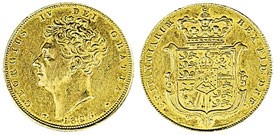
We also achieved £720 for this 1825 bare head shield sovereign, which was graded as extremely fine (pictured above).
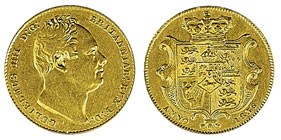
And this 1836 sovereign (above), graded as nearly very fine or very fine, realised £840.
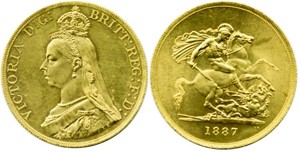
In April 2015, this 1887 £5 to 3d set in a fitted case (above) achieved the excellent price of £3,422 including buyers' premium.
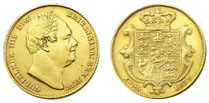
A few months earlier in August 2015, this William IV 1832 sovereign – described as very fine and double struck on the date – achieved £619 (above).
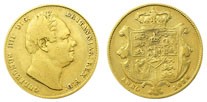
But the highlight of that summer sale was this William IV 1836 sovereign variety with the letter N of ANNO struck in the shield, which realised a massive £3,068 (above).
Other examples of rare sovereigns made during the 1900s include:
- 1908: Edward VII Sovereign - Ottawa Mint
- 1916: George V Sovereign - Ottawa Mint
- 1917: George V Sovereign - London Mint
- 1920: George V Sovereign - Sydney Mint
- 1921: George V Sovereign - Melbourne Mint
- 1922: George V Sovereign - Melbourne Mint
- 1923: George V Sovereign - Sydney Mint
- 1924: George V Sovereign - Pretoria Mint
- 1926: George V Sovereign - Sydney Mint
Gold Proof Sovereigns
Originally, proofs were produced to test the quality and design before full production and they can be very collectable.
In recent years, the British Royal Mint has produced gold proofs of its sovereigns to be sold in a display case with a limited-edition certificate.
Proof sovereigns are rarely worth more than their ‘spot’ value, but there have been occasions where they’ve surprised the market.
An unusual 2017 proof, featuring a special George and the Dragon design to commemorate the modern sovereign’s 200th anniversary, could now realise around £800 to £900 in pristine condition.
The 1989 proof Sovereign, which marked the 500th anniversary of sovereigns minted for King Henry VII in 1489, are also highly sought-after and can achieve upwards of £1,000.
In June 2015, we were delighted to sell this 1887 sovereign proof for £855 (below) at auction.
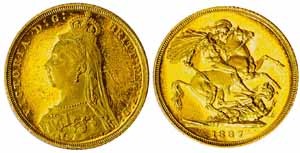
Half Sovereigns & Quarter Sovereigns
Introduced in 1817, the Half Sovereign is a very reasonably priced entry point into coin investment. Due to its popularity, the Royal Mint added a new Quarter Sovereign in 2009. Both have been known to perform well in terms of investment for their pure gold value.
In August 2018, Warwick & Warwick were proud to sell this Edward VI second period half sovereign for £2,880 at auction (below).

In February 2015, we sold these 1818 half sovereigns for a combined total of £460 (below).

European and overseas sovereigns
Although this is often an overlooked market, the rarity of these coins means they can be a good acquisition for investors. Take into account their aesthetic value and historical significance, and these coins can offer the best potential rise in numismatic value for close to bullion prices.
CONCLUSION - TWO GREAT WAYS TO BUILD WEALTH
Just like stocks and shares, the price of British gold sovereigns will rise and fall.
But the main advantage they hold when investing in them is that they will ALWAYS boast a real and permanent value – unlike some shares or crypto currencies.
Historically, they have held their ‘spot’ market value no matter what happens to the global economy.
Some sovereigns also have the potential to RISE in value due to their rarity, aesthetic or historical appeal.
They therefore offer a combination of the benefits of holding gold bullion and numismatics in one small investment.
If gold investment is your prime motivation, avoid buying new issues which are often overpriced and produced solely for collectors who take pleasure from owning them.
Instead, try to acquire pre-owned sovereigns – also known as bullion coins and secondary market sovereigns – as they provide better value and you’ll get more gold for your money.
As outlined at the beginning of this guide, the main benefit of buying gold Sovereigns (instead of bigger bullion units) is the increased flexibility when trying to sell a smaller portion of your overall investment. They are also ideal for people who regularly use their CGT allowance.
To successfully invest in rare coins which could rise in numismatic value, we believe investors need to gain considerable knowledge (or be able to tap into an expert who does) so acquisitions can be made at exactly the right time.
At Warwick & Warwick, we have compiled a database of investors who are interested in acquiring collectables for investment – and regularly email details about their appropriate interests.
We also regularly buy items via Private Treaty Sale - a great way to achieve a quick and efficient sale close to current market value.
Whilst we are not financial advisors, and this article should in no way be taken as investment advice, we regularly make our clients aware when any suitable gold sovereigns become available with us.
If you’d like to sign up for our FREE Specialist Register service, please get in touch for more details.
Should you wish to sell a gold sovereign or receive a free expert coin valuation, please call 01926 499031 for an informal discussion.

